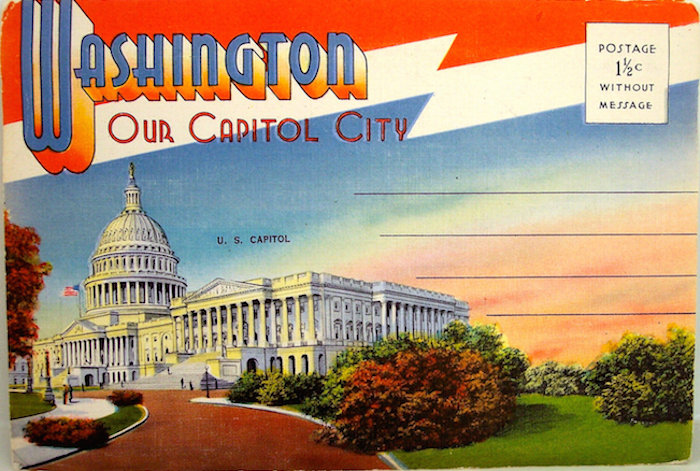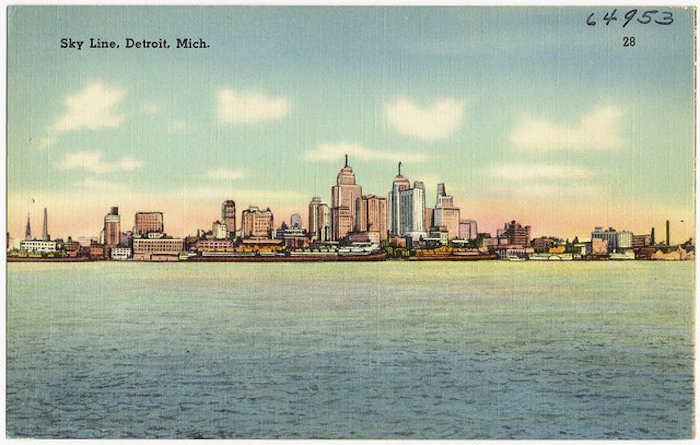
September 17, 2015
Wondering in Washington D.C.
Dear Bonnie
A college friend of mine, who works in finance, recently wrote me and asked if it was okay for him to hate the new Google logo. This was someone who never cared a whit about design. Why does he (and seemingly everyone else) care so much about logo design all of a sudden?
Wondering in Washington D.C.
Dear W.,
A logo is essentially the graphic representation of a brand. William Golden (creative director for CBS in the 1950s) definitively wrote, “A brand is the total impression on the public through [a company’s] products, its policies, its actions and its advertising.” Emphasis on total. Suddenly, however, it seems as if everyone is talking about the logo and just the logo. I am hoping this interest could be a gateway to a deeper exploration of the ubiquity of design and its role in our society. But right now, people are just focusing on the tip of the iceberg, this singular representation of the company and not how the brand identity will play out, why the company chose it, or what they are trying to say to us. It is much easier to talk about a representation of the brand than the brand itself.
Despite all the ink spilled over the new Google logo, the Orwellian choice of this Big Brother-like company choosing childlike typography and colors feels overlooked. Or take Jeb Bush’s unintentionally ironic logo, which packs much more enthusiasm than Jeb! himself has ever exhibited. It’s fascinating how these choices get all the way through their respective pipelines of people.
I think another reason it has come to pass right now, is a near universal skepticism about corporations and their self-representation in general. There was a time when we trusted companies and their motives, almost without question, assuming a level of honest intent. Now, however, we assume it’s all just expensive propaganda, so analyze and question we must.
The only fair way to discuss logo design and branding is to understand what the goals of the product are in a broader, less superficial, and (dare I suggest) honest way, what they are trying to say, and how it all integrates in the bigger picture. Maybe that will come with time.
Jessica Helfand suggested, in this recent interview on BBC, that the recent fascination may have something to do with the fact that on social media we all have our own brands now, so we are more sensitive to visual representations of other entities, especially those we love, or just love to hate.
This burst of interest in (and scrutiny of) logo design is ultimately good for our profession. Civilians have always been interested in analyzing and critiquing fine art, architecture, film, interior design, and product design. Only when graphic design starts becoming part of the every day conversation will high school kids (and your parents) start to know, think, and care about it. When it becomes a career option on par with the other arts, there will be more interest and more intelligent dialogue, which will make for better clients. It will also mean more applications to design departments and hopefully more much-needed diversity added to our ranks.
We want to hear from you! Send your questions for Bonnie to [email protected]
Observed
View all
Observed
By Bonnie Siegler
Recent Posts
Why scaling back on equity is more than risky — it’s economically irresponsible Beauty queenpin: ‘Deli Boys’ makeup head Nesrin Ismail on cosmetics as masks and mirrors Compassionate Design, Career Advice and Leaving 18F with Designer Ethan Marcotte Mine the $3.1T gap: Workplace gender equity is a growth imperative in an era of uncertainty



